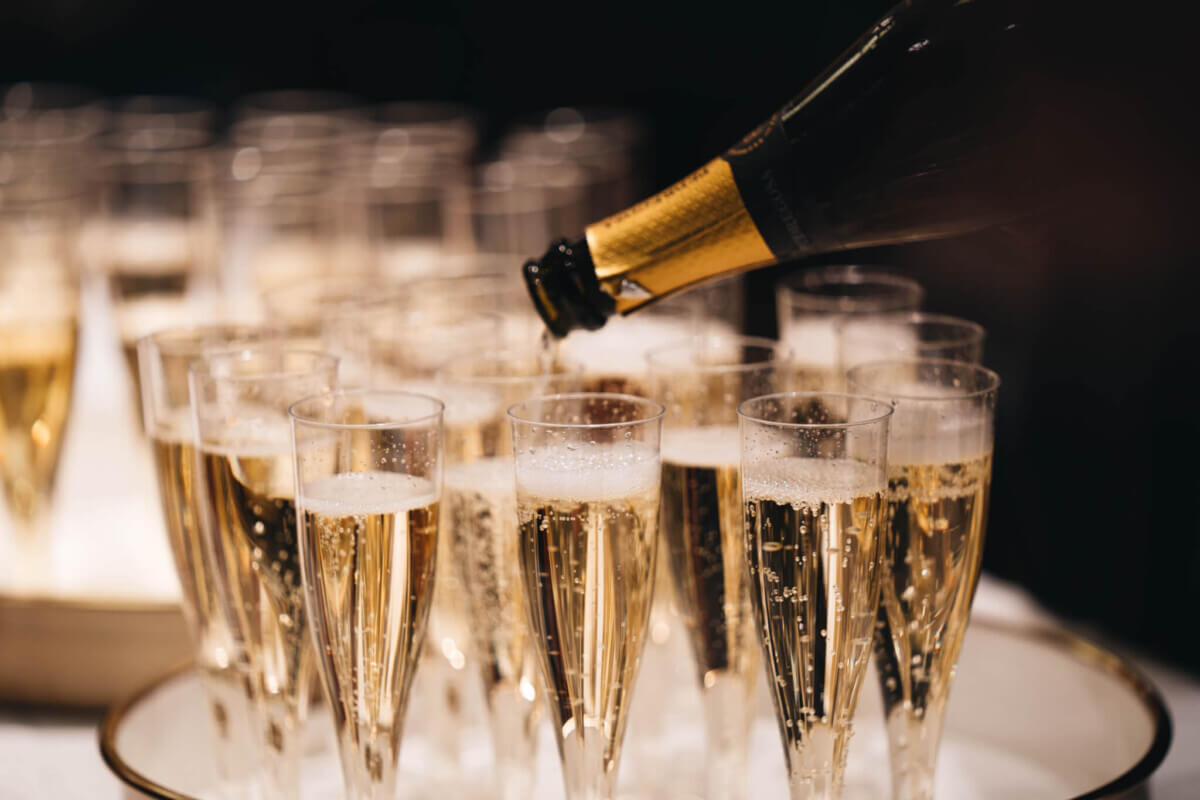
Champagne (Photo by Alexander Naglestad on Unsplash0
WASHINGTON — Can a good bottle of champagne last for decades unopened? That's the question a team of scientists answer in a new study. It turns out that, yes, the fizz can last for decades, but just how many decades depends on the size of the bottle.
Gérard Liger-Belair and his team explored influence of bottle size on the aging process of champagne. These renowned beverages derive their fizz from carbon dioxide generated during a second fermentation that takes place within the bottle. By combining yeasts, sugar, and wine, this process produces gas and additional alcohol. As bottles of champagne age, complex aromas develop, but carbon dioxide gradually escapes through the sealed metal caps or corks.
The researchers meticulously measured the carbon dioxide levels in various champagne vintages aged for multiple decades and estimated the original amount of yeast-produced carbon dioxide. They observed that the longer the bottles aged, the more the gas inside decreased. For instance, the oldest vintage from 1974 lost nearly 80 percent of its carbonation. Additionally, a strong correlation emerged between the bottle's volume and the retention of gas, indicating that larger bottles preserved the bubbles better than smaller ones.

Based on their extensive data, the researchers devised a formula to calculate the shelf life of aged champagne — the duration during which the drink still spontaneously produces bubbles when poured. Their predictions indicate a 40-year shelf life for standard 750-milliliter bottles, 82 years for 1.5-liter bottles, and an impressive 132 years for three-liter bottles. Beyond these time frames, the champagne is likely to lose its effervescence.
Study author Dr. Liger-Belair says the team has “shown how the drink’s bubbliness over time depends on the bottle’s size,” in a media release.
So, the next time you pop open a bottle of champagne or sparkling wine, remember that its fizz can last for decades, with larger bottles promising an even longer-lasting celebration. Cheers to the science behind the bubbles!
The authors acknowledge the contributions of samples from Champagne Castelnau. Some authors are employees at Champagne Castelnau and Pe-di, a manufacturer of stoppers for the wine industry.
The study is published in the journal ACS Omega.











Uh-oh champagne is not carbon neutral!
It could be warming the Globe at this very minute as I sip a delicious glassful!
Mon Dieu!